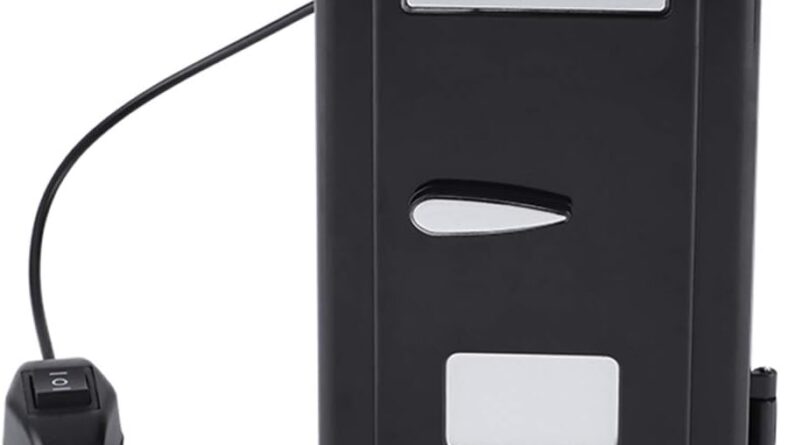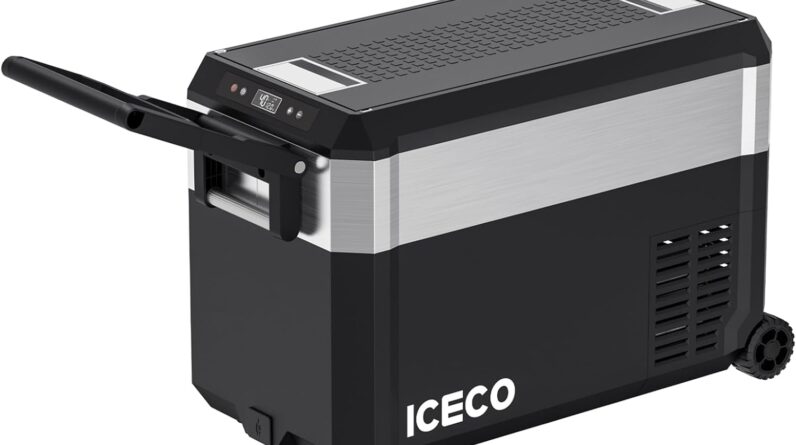
Sure thing, friend! Let me show you how to track your route using a GPS device. It’s quite simple, really! First, ensure that your GPS device is turned on and has a clear view of the sky to establish a strong signal. Once you’ve done that, input your desired destination into the device. Whether it’s a specific address or a general location, the GPS will calculate the best route for you.
As you start moving, the GPS device will continuously track your location and provide you with real-time updates on your route. You’ll be able to see your current location on the screen, along with helpful information like upcoming turns, distances, and estimated arrival times. Pay attention to these instructions, and simply follow the indicated route to reach your destination hassle-free. So, whether you’re exploring a new city or going on a road trip, tracking your route using a GPS device is an excellent way to stay on track and make your journey stress-free. Safe travels, my friend!

This image is property of m.economictimes.com.
Choosing the Right GPS Device
When it comes to tracking your route using a GPS device, the first step is to choose the right device. There are countless options available on the market, so it’s important to consider your specific tracking needs.
Consider the purpose of tracking
Ask yourself what you will be using the GPS device for. Are you tracking your route while hiking, cycling, or driving? Different devices offer different features tailored to specific activities, so it’s essential to choose one that aligns with your purpose.
Look for a device with built-in GPS
For accurate tracking, it’s crucial to choose a device that has a built-in GPS receiver. While some smartphones offer GPS capabilities, they might not be as reliable or have the same features as a dedicated GPS device. Look for devices that specifically state they have built-in GPS functionality.
Select a device with mapping capabilities
If you want to see your route visually, it’s recommended to choose a GPS device with mapping capabilities. These devices typically come pre-loaded with maps or allow you to download them. Not only will this help you navigate your route, but it will also allow you to see landmarks, waypoints, and points of interest along the way.
Planning Your Route
Now that you have chosen the right GPS device, it’s time to plan your route. Proper planning will ensure a smoother and more enjoyable tracking experience.
Review maps and online resources
Before you set out on your journey, take the time to review maps and online resources. Familiarize yourself with the area you will be tracking in, and identify any potential obstacles or noteworthy features. This will help you navigate more effectively and make the most of your tracking experience.
Identify the starting and ending points of your route
Clearly identifying the starting and ending points of your route is essential. This will serve as a reference point for your GPS device and allow it to accurately track your progress. Whether you’re embarking on a short hike or a long road trip, knowing your exact starting and ending points will make tracking much easier.
Consider waypoints and landmarks along the way
While planning your route, it’s worth considering any waypoints or landmarks you may encounter. These can be helpful for navigation and can also serve as points of interest along your journey. Adding waypoints or landmarks to your GPS device will allow you to easily track your progress and make your route more memorable.
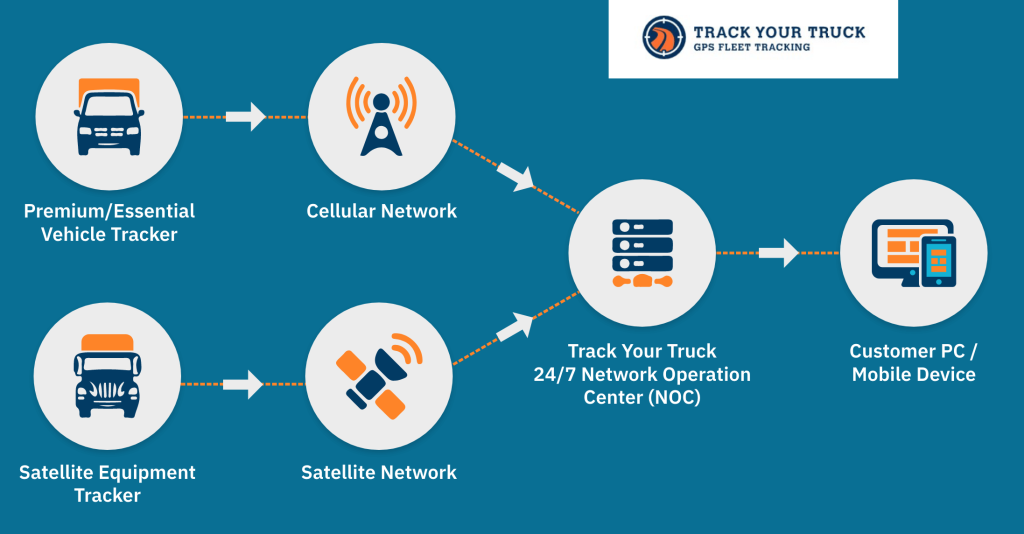
This image is property of www.trackyourtruck.com.
Preparing the GPS Device
Before you start tracking your route, it’s important to ensure that your GPS device is properly prepared. Taking a few simple steps will ensure that your device is ready to accurately record your journey.
Charge the device
To avoid any interruptions during your tracking, make sure your GPS device is fully charged. This will ensure that it has enough power to last the duration of your route. If your device has a replaceable battery, consider carrying a spare one if you’ll be tracking for an extended period.
Update software and maps
To ensure the best tracking experience, it’s recommended to update your GPS device’s software and maps. Manufacturers often release updates that include bug fixes, performance improvements, and updated maps. By keeping your device up to date, you’ll have access to the latest features and improvements.
Set up preferences and settings
Each GPS device has its own set of preferences and settings that you can customize to suit your needs. Take the time to explore the different options and choose the settings that will enhance your tracking experience. This may include adjusting the screen brightness, choosing the units of measurement, or selecting a preferred language.
Calibrating the GPS Device
Before you start your route, it’s important to calibrate your GPS device to ensure accurate tracking. Calibration helps the device establish a connection with satellites and confirms its signal accuracy.
Perform satellite acquisition
To calibrate your GPS device, activate it and allow it to perform satellite acquisition. This process may take a few minutes as the device communicates with satellites to establish a connection. Keep your device in an open area with a clear view of the sky for the best results.
Confirm the signals and accuracy
Once the satellite acquisition is complete, verify the signals and accuracy of your GPS device. Check the number of satellites it has connected to and ensure that the signal strength is strong. Most GPS devices will display this information on the screen, allowing you to confirm that your device is properly calibrated and ready for tracking.
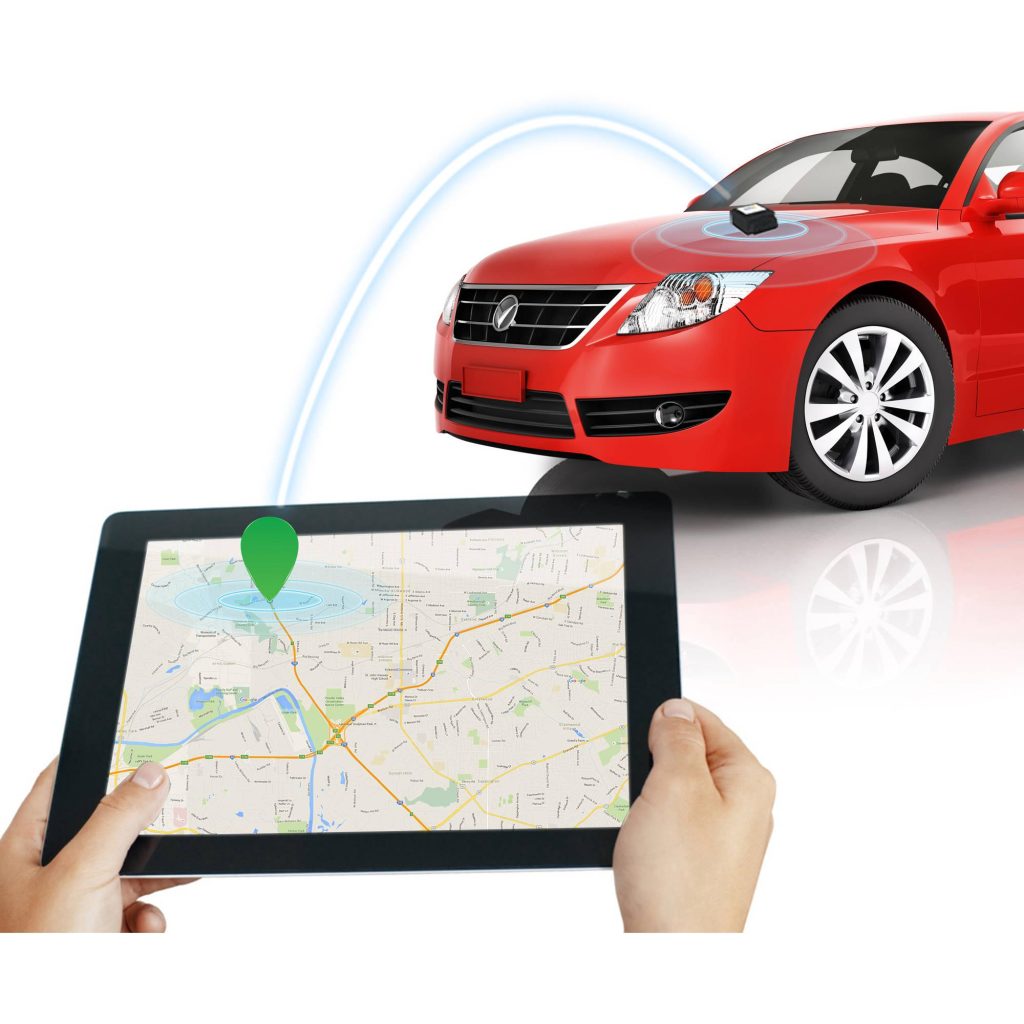
This image is property of trakkitgps.com.
Starting Your Route
Now that your GPS device is calibrated, it’s time to start your route. Follow these steps to ensure a successful start to your tracking experience.
Activate the GPS device
Turn on your GPS device and make sure it is ready to start tracking. This may involve pressing a power button or navigating through the device’s menu. Ensure that you have a clear view of the sky, as this will facilitate the device’s ability to establish a strong GPS signal.
Wait for a stable signal
After activating your GPS device, allow it a few moments to acquire a stable signal. This ensures that your device is accurately receiving information from the satellites and provides reliable tracking data. Patience is key during this step, as rushing to start your route before obtaining a stable signal may result in less accurate tracking.
Verify the device’s accuracy
Before you start recording your route, double-check that your GPS device is displaying accurate information. Verify that the device has correctly identified your current location and that the displayed coordinates align with your surroundings. Ensuring the accuracy of your GPS device from the start will contribute to a more reliable and enjoyable tracking experience.
Recording Your Route
With your GPS device calibrated and your route ready to go, it’s time to start recording your journey. This feature allows you to track your progress and store valuable data about your route.
Select the ‘Track’ or ‘Record’ function
Most GPS devices have a dedicated function for tracking or recording your route. Locate this feature on your device and select it to begin recording. It may be referred to as ‘Track,’ ‘Record,’ or have a similar name, depending on the manufacturer and model of your device.
Specify interval or distance preferences
Some GPS devices allow you to specify interval or distance preferences for recording your route. This can be helpful if you want to capture location data at specific intervals or distances. For example, you can set it to record your location every 5 minutes or every half a mile. Adjust these preferences according to your tracking needs and the device’s capabilities.
Begin recording while on your route
Once you have configured the recording preferences, begin recording your route as soon as you start your journey. Your GPS device will capture your location data as you move along your route, creating a track of your travel. Continue recording until you reach your destination or until you are finished tracking your route.
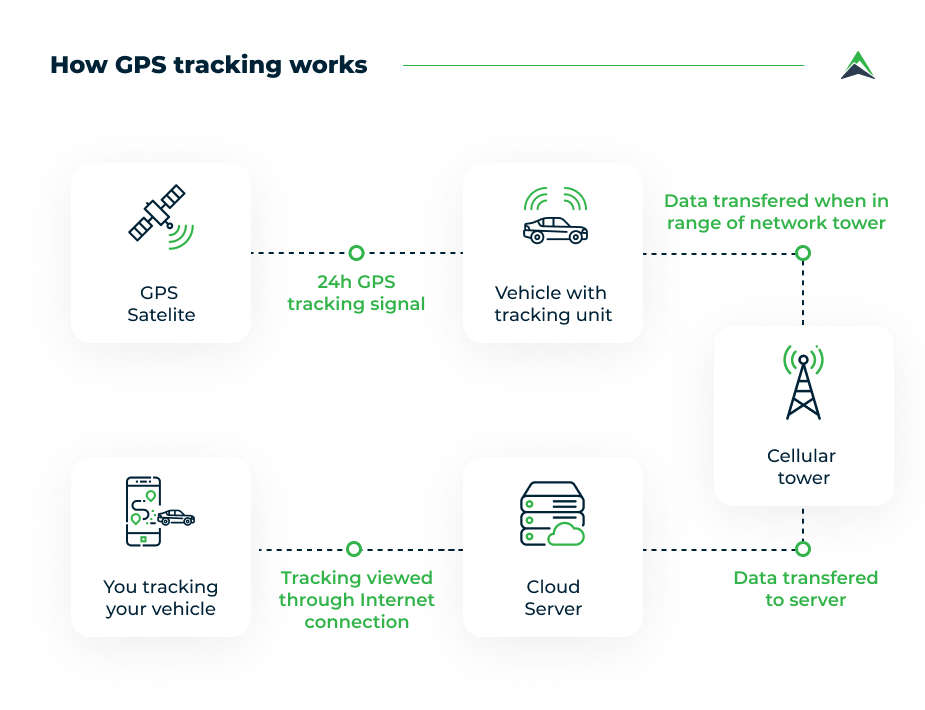
This image is property of s10.easternpeak.com.
Monitoring Your Route
During your route, it’s important to monitor your GPS device to stay on track and ensure everything is going smoothly. By keeping an eye on the device’s screen, you can review important information and make any necessary adjustments.
Keep an eye on the device’s screen
Glance at your GPS device’s screen periodically to stay informed about your route. It will display valuable information such as your current location, speed, distance traveled, and estimated time of arrival. Monitoring this information will help you stay on track and have a better understanding of your progress.
Review waypoints and landmarks
If you have added waypoints or landmarks to your GPS device, use this opportunity to review them. Check if you’re approaching any important points of interest or if there are any changes to your planned route. Waypoints and landmarks can be valuable references during your journey, especially if you encounter unexpected detours or need to make adjustments to your route.
Observe statistics such as speed and distance
Take note of the statistics displayed on your GPS device. These may include your average speed, maximum speed, total distance traveled, and other relevant data. Observing these statistics can be motivating and may provide insights into your performance. Use them to track your progress or challenge yourself to improve for future tracking adventures.
Navigating Your Route
While tracking your route, it’s essential to navigate effectively to reach your destination. Your GPS device can offer valuable guidance and help you stay on the right path.
Follow the on-screen instructions
Many GPS devices provide on-screen instructions to guide you along your route. These instructions may include turn-by-turn directions, upcoming maneuvers, or helpful alerts. Pay attention to these instructions and follow them to stay on the correct course. If you miss a turn or need to deviate from the planned route, your GPS device will likely recalculate and offer an alternative path.
Use audio prompts if available
In addition to on-screen instructions, some GPS devices offer audio prompts to guide you. These prompts can be especially useful if you need to keep your eyes on the road or if you’re in a noisy environment. They will announce upcoming turns, distances, and other important information, allowing you to navigate safely and efficiently. If your GPS device supports audio prompts, consider enabling them to enhance your tracking experience.
Refer to the map display for guidance
If your GPS device has mapping capabilities, utilize the map display for visual guidance. The map will show your current location, the planned route, and any relevant waypoints or landmarks. This visual representation can be a valuable tool for understanding your position, identifying upcoming turns, and staying on track. Glance at the map display when needed, but ensure it doesn’t distract you from the road or your surroundings.

This image is property of family1st.io.
Stopping and Saving Your Route
After completing your route or reaching your destination, it’s time to stop and save your recorded track. These steps will ensure that your route is properly stored and ready for future analysis or sharing.
Pause or stop the recording
When you have finished your route or arrived at your destination, pause or stop the recording on your GPS device. This will halt the continuous tracking and ensure that the final track captures your complete journey accurately. Pausing or stopping the recording also helps conserve battery life if you plan on using the device for other purposes later.
Review the recorded track on the device
Before saving your track, take a moment to review it on your GPS device. Look for any irregularities, unexpected gaps, or missing sections. This step allows you to identify any potential issues with the recorded track and make adjustments if necessary. While reviewing, also assess the overall quality of the route data and ensure it aligns with your expectations.
Save the track and assign a name
Once you’re satisfied with the recorded track, save it on your GPS device. Some devices may automatically save tracks under a default name, while others may require you to assign a name manually. Consider naming your track in a way that helps you easily identify it later, such as the date, location, or purpose of the route. Saving the track ensures that you can access it in the future for analysis or sharing purposes.
Analyzing Your Route Data
Recording your route using a GPS device not only allows you to navigate effectively but also provides valuable data for further analysis. Take advantage of this data to gain insights into your performance, evaluate your route choices, and plan future adventures.
Transfer the track data to a computer or compatible software
To analyze your route data in more detail, transfer it from your GPS device to a computer or compatible software. Some GPS devices come with software that allows easy data transfer and analysis. Alternatively, you can use third-party software or online platforms designed for this purpose. Connect your device to the computer or follow the specific instructions to transfer the track data and prepare it for analysis.
View the route on a larger screen
Once the track data is transferred, view your route on a larger screen for a more comprehensive assessment. This will provide a better overview of the entire route and allow you to zoom in on specific sections for closer examination. Use the zoom and pan functions to explore different parts of your route and gain a deeper understanding of the terrain, elevation changes, and other noteworthy details.
Analyze statistics and elevation profile
During your route analysis, pay attention to the statistics captured by your GPS device. Evaluate your average speed, total distance traveled, and any other relevant data points. This can provide insights into your performance, help identify areas for improvement, and serve as benchmarks for future tracking endeavors. Additionally, examine the elevation profile of your route to understand the ascent and descent along the way. This information can be useful for planning future routes or assessing your physical conditioning.
Tracking your route using a GPS device offers a world of possibilities for exploration, navigation, and performance evaluation. By following these steps and utilizing the features of your GPS device, you can embark on exciting adventures, discover new routes, and gain valuable insights into your outdoor activities. So, grab your GPS device, plan your route, and start tracking your way to memorable experiences.


